 |
Table of Contents |
| Need for information, Sources of Information: Primary, Secondary, Tertiary Sources >> |
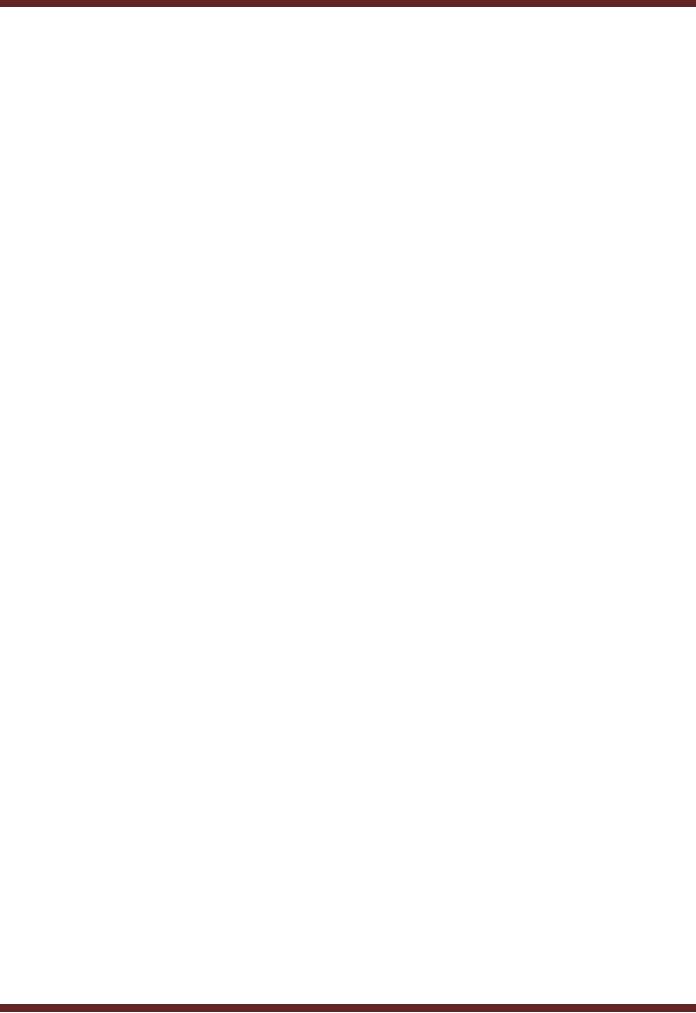
VU
Information
System (CS507)
Table
of Contents
Chapter
No.1
Defining
Needs
10
1.1
Need
for information
10
1.2
Sources
of Information
10
1.3
Primary
Sources
11
1.4
Secondary
Sources
11
1.5
Tertiary
Sources
12
1.6
Changing
Needs
12
Chapter
No.2
Areas
Covered
14
2.1
Need
for Organization
14
2.2
Data
vs. Information
14
2.3
Information
Quality Checklist
15
2.4
Organization
& Information Requirements
15
Chapter
No.3
Organization
& Information Requirements
17
3.1
Size of the Organization and
Information Requirements
17
3.1.1
Small
Organizations
17
3.1.2
Medium
Sized Organizations
17
3.1.3
Large
Organizations
18
3.2
Nature of Business & Information
Requirements
19
Chapter
No.4
Unique
Attributes of Organization
20
4.1
Organizational Structure
Pyramid/Tall/Hierarchical
20
4.1.1
Hierarchical
organization
20
4.1.2
Organizational
Structure
20
4.1.3
Culture
of the Organization
21
4.2
Management Styles
21
4.2.1
Authoritative
21
4.2.2
Participative
22
4.2.3
Mixed
22
4.3
Decision Making Approach
22
4.4
Sources of information in
Organizations
22
4.5
Direction of Information
Flow
23
Chapter
No.5
Effect
of Changes in Environment
24
5.1
Elements of Environment
24
5.1.1
Legal
24
5.1.2
Economic
24
5.1.3
Social
25
5.1.4
Technological
25
5.1.5
Corporate
social responsibility
26
5.1.6
Ethics
27
i
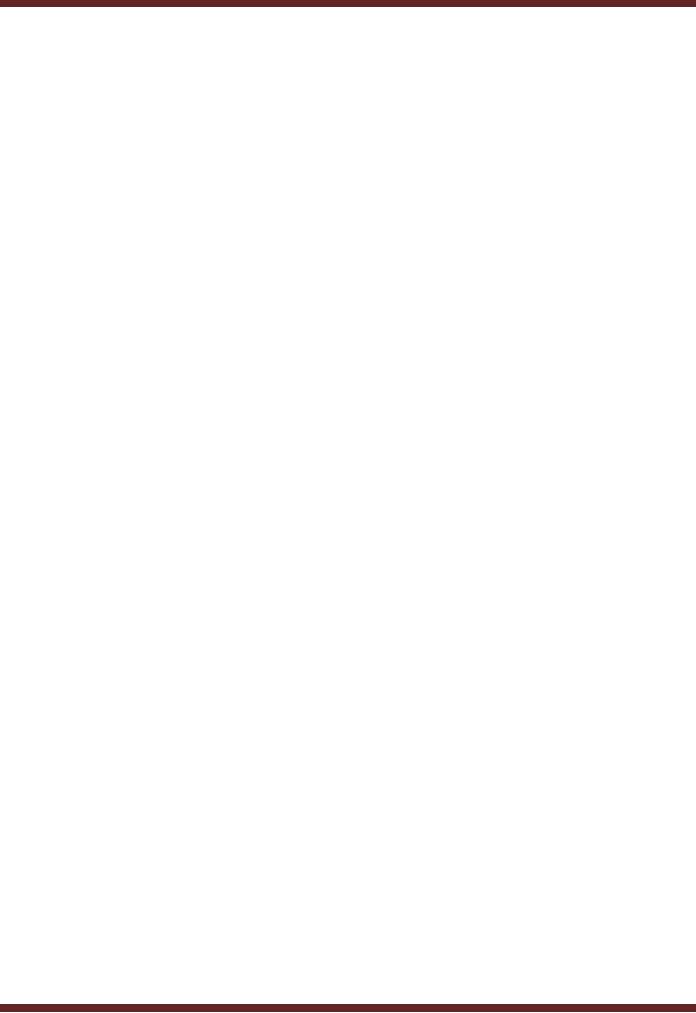
VU
Information
System (CS507)
Chapter
No.6
Systems
vs. Procedures
28
6.1
Purpose of Systems &
Procedures
28
6.2
Data & Information
28
6.3
Data & Information
28
6.4
Manual Vs Computerised Information
Systems
28
6.5
What is Computer based Information
System (CBIS)?
28
6.6
Why Information
Systems?
29
6.7
Emerging Global Economies
29
6.8
Transforming Industrial
Economies
29
6.9
Transformed Business
Enterprise
29
6.10
Emerging Digital
Firms
29
Chapter
No.7
Types of
Systems
30
7.1
What are Systems?
30
7.2
Components of a system
30
7.3
Types of Systems
30
7.3.1
Open-Loop
System
30
7.3.2
Closed
Loop System
30
7.3.3
Open
Systems
31
7.3.4
Closed
Systems
31
7.4
Level of Planning
31
7.5
Strategic Planning for
Information Resources
(SPIR)
32
Chapter
No.8
What
are Systems?
33
8.1
Components of
a system
33
8.2
Types of
Systems
33
8.3
Open
Loop System
34
8.4
Closed
Loop System
35
8.5
Attributes of
an IS/CBIS
36
Chapter
No.9
Infrastructure
39
9.1
Architecture
39
9.1.1
Information
Architecture
39
9.2
Components/Sub-Systems of CBIS
40
9.3
Transaction Processing System
40
9.4
Management Information
System
42
Chapter
No.10
Support
Systems
43
10.1
Support systems can be classified
into two
categories
43
10.1.1
Office
Automation Systems
43
10.1.2
Decision
Support Systems
43
10.2
Functionalities of MIS and DSS
44
10.3
Types of DSS
44
10.3.1
Model
Driven DSS
44
10.3.2
Data
Driven DSS
45
ii
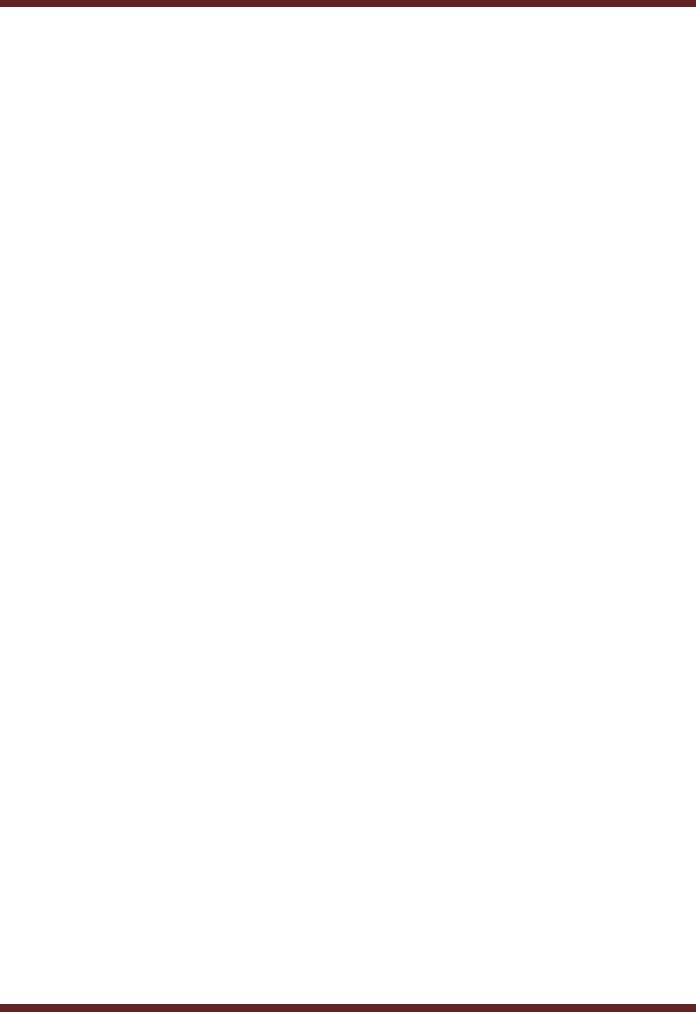
VU
Information
System (CS507)
Chapter
No.11
Data
Mart
47
11.1
Online Analytical Processing
(OLAP)
47
11.2
Data Mining
48
11.3
Types of Models Used in DSS
48
11.3.1
Physical
Models
48
11.3.2
Narrative
Models
48
11.3.3
Graphic
Models
48
11.3.4
Mathematical
Models
48
11.4
Knowledge / Intelligent
Systems
49
11.5
Knowledge Support Systems
(KSS) / Intelligent
Systems
49
11.6
Components of an Expert System
50
Chapter
No.12
CBIS
from Functional View
Point
52
12.1
Organizational
Information Systems
(OIS)
52
12.2
Marketing
Information Systems
(MKIS)
53
12.3
Benefits
of Marketing IS
53
12.4
Management
Levels in MKIS
53
12.5
New
Dimensions in MKIS
53
12.6
Key
CRM Tasks
56
12.7
CRM
Issues
56
12.8
Call
Center
56
Chapter
No.13
Organizational
Structure
57
13.1
Financial Sector
57
13.2
Air Line Industry
57
13.3
Manufacturing Information
System
58
13.4
Inventory Sub System
59
13.5
Production Sub System
59
13.6
Maintenance & Scheduling Sub
System
60
13.7
Quality Sub
system
60
13.8
Total Quality Management
(TQM)
61
13.9
Planning Productions/Operations52
62
13.10
Materials Requirement Planning
(MRP)
62
13.11
Manufacturing Resource Planning
(MRP II)
62
13.12
Computer Aided Design (CAD)
63
13.13
Computer Aided Manufacturing
(CAM)
63
13.14
Computer Integrated Manufacturing
(CIM)
63
13.15
Computer Integrated Manufacturing (CIM)
Goals
64
Chapter
No.14
Marketing
65
14.1
Accounting & Financial Information
Systems
66
14.2
Human Resource Information
Systems
66
14.3
IT Department
67
14.3.1
Evolution of the IT
Department
67
iii
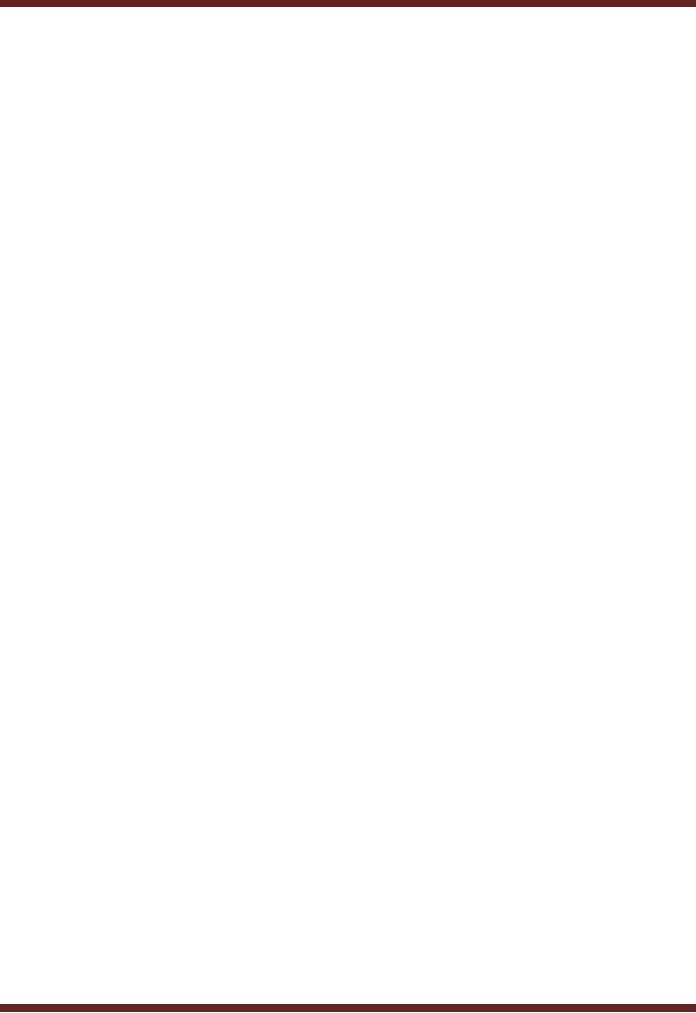
VU
Information
System (CS507)
Chapter
No.15
Decision
Making
69
15.1
Types of Problems
69
15.2
Type of Decisions
70
15.3
Decision-making process
71
Chapter
No.16
Phases
of decision-making
73
16.1
Phases
of decision-making process
73
16.2
The
Intelligence Phase
73
16.3
The Design
Phase
73
16.4
The
Choice Phase
74
16.5
The
Implementation Phase
75
16.6
Rational
Individual Models of Decision
Making
75
16.7
Organizational
Models in Decision Making
75
Chapter
No.17
Planning
for System Development
77
17.1
Phases
of IT planning
77
17.2
Models
Used for System
Development
78
17.3
Systems
Development Life Cycle
78
17.4
Types of
System Development
Life-Cycle
78
Chapter
No.18
Systems
Development Life
Cycle
81
18.1
Project
lifecycle vs.
SDLC
81
18.2
Types of
System Development Life-Cycle
Model
81
18.3
Costs
of Proposed System
83
18.4
Benefits
from the proposed
system
84
18.5
Classic
lifecycle Model / Waterfall
Model
84
18.6
Analysis
of Existing system
85
18.7
Elicitation
of Detailed Requirements
87
Chapter
No.19
System
Design
88
19.1
Entity Relationship Diagram
(ERD)
88
19.2
Design of the information
flow
90
19.3
Design of data base
90
19.4
Design of the User Interface
91
19.5
Physical Design
91
19.6
Program Development
91
19.7
Procedures Development
92
19.8
Testing
92
19.9
Operations & Maintenance
92
19.10
Evaluating Waterfall
92
Chapter
No.20
Incremental
Model
95
20.1
Characteristics
of the Incremental Mode
l
95
20.2
Incremental
Model-Evaluation
95
20.3
Iterative
Models Evaluation
96
20.4
Incremental
vs. Iterative
97
iv
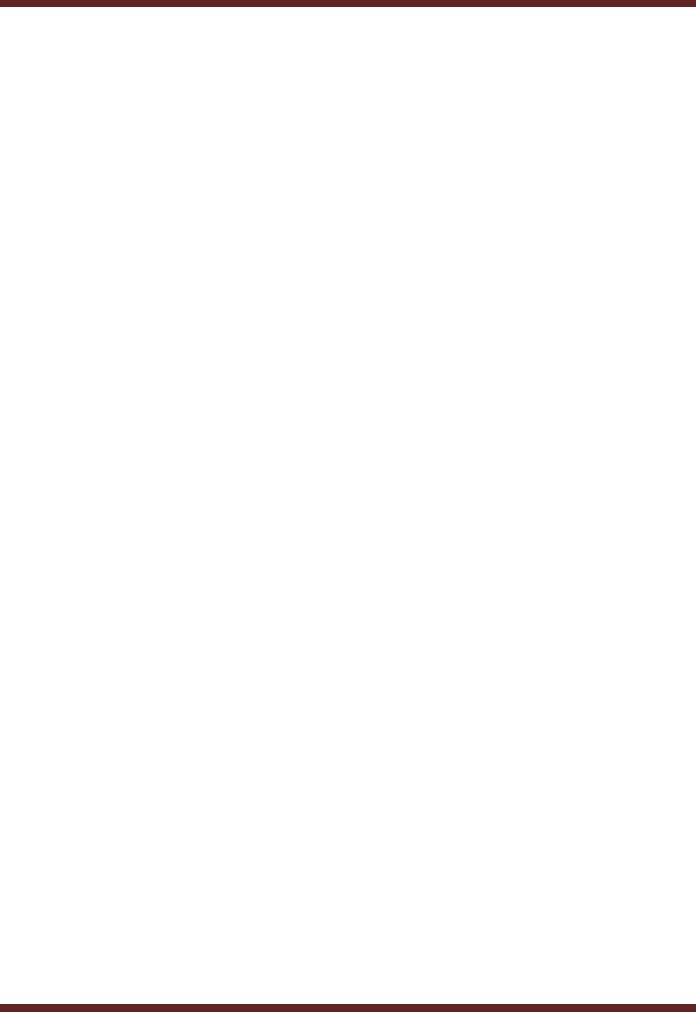
VU
Information
System (CS507)
Chapter
No.21
Spiral
Model
98
21.1
Determine
Objectives, Alternatives and
Constraints.
98
21.2
Prototyping
99
21.3
Advantages
of Prototype
100
21.4
Risks of
Prototyping
101
Chapter
No.22
System
Analysis
102
22.1
Computerized
vs. Manual
environment
102
22.2
Systems
Analyst
103
22.3
System
Design
103
22.4
Designing
user interface
104
Chapter
No.23
Benefits of
Good System Design
107
23.1
System Analysis & Design
Methods
107
23.2
Structured Analysis and Design
107
23.3
Flow Chart
107
Chapter
No.24
Symbols
used for flow charts
110
24.1
Symbols
110
24.2
Good Practices
114
24.3
Data Flow Diagram
115
Chapter
No.25
Rules
for DFD's
118
25.1
Entity
Relationship Diagram
120
25.2
Entity
123
25.3
Value
Sets
124
25.4
Relationships
124
Chapter
No.26
Symbols
126
26.1
Why need Object-Orientation?
127
26.2
Object Oriented Analysis
128
Chapter
No.27
Object
Oriented Analysis and
Design
131
27.1
Object
131
27.2
Classes
131
27.3
Inheritance
131
27.4
Encapsulation
132
27.5
Polymorphism
132
27.6
What
is Business Process
Reengineering?
133
Chapter
No.28
Critical
Success Factors
(CSF)
135
28.1
Sources of Critical Success
Factors
135
v
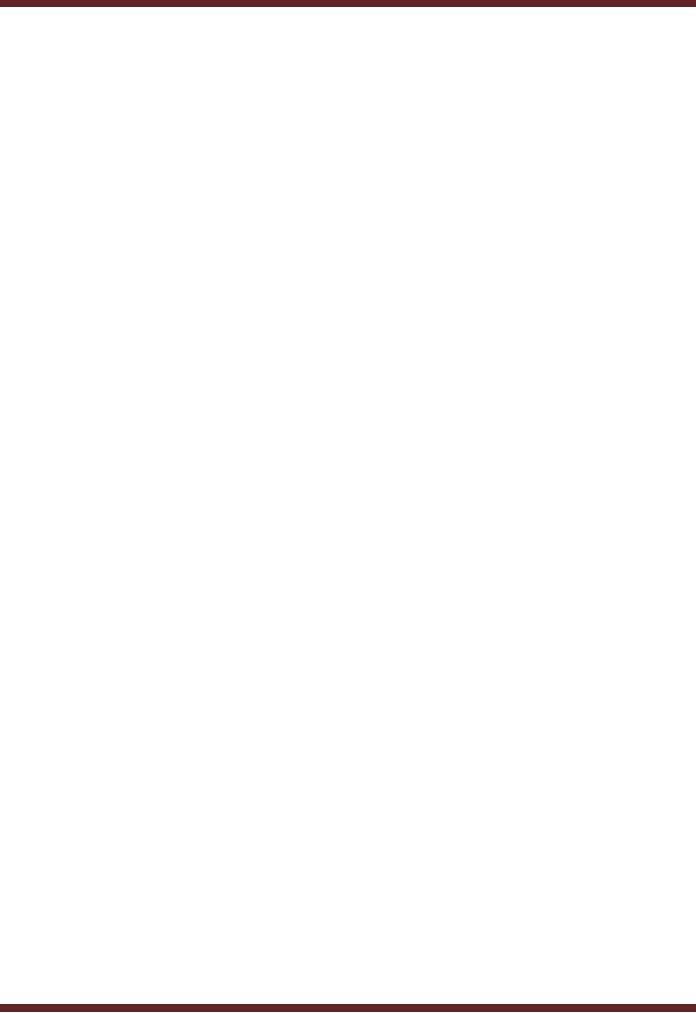
VU
Information
System (CS507)
28.2
CSF
vs. Key Performance
Indicator
135
28.3
Centralized
vs. Distributed
Processing
136
28.4
Web
based Environment
137
28.5
Internet
138
Chapter
No.29
Security
of Information System
139
29.1
Security
Issues
139
29.2
Security
Objective
139
29.3
Scope
of Security
140
29.4
Security
Policy
140
29.5
Security
Program
141
29.6
Identification
of Assets
141
Chapter
No.30
Threat
Identification
143
30.1
Types of
Threats
143
30.2
Control
Analysis
143
30.3
Impact
analysis
144
30.4
Risk
Determination/Exposure
Analysis
144
30.5
Occurrence
of threat
145
30.6
Computing Expected Loss
146
Chapter
No.31
Control
Adjustment
147
31.1
Security to be
cost effective
147
31.2
Roles &
Responsibility
147
31.3 Report
Preparation
148
31.4
Types of Threat
148
Chapter
No.32
Unauthorized
intrusion
149
Physical
Access vs. Logical
access
149
32.1
Viruses
149
32.2
Sources
of Transmissions
150
32.3
Types of
Viruses
150
32.4
Management
procedural controls
151
32.5
32.6
Technical controls
151
Chapter
No.33
Antivirus
software
153
Scanners
152
33.1
Active
monitors
152
33.2
Behavior
blockers
152
33.3
Logical
intrusion
152
33.4
Best
Password practices
153
33.5
Firewall
154
33.6
vi
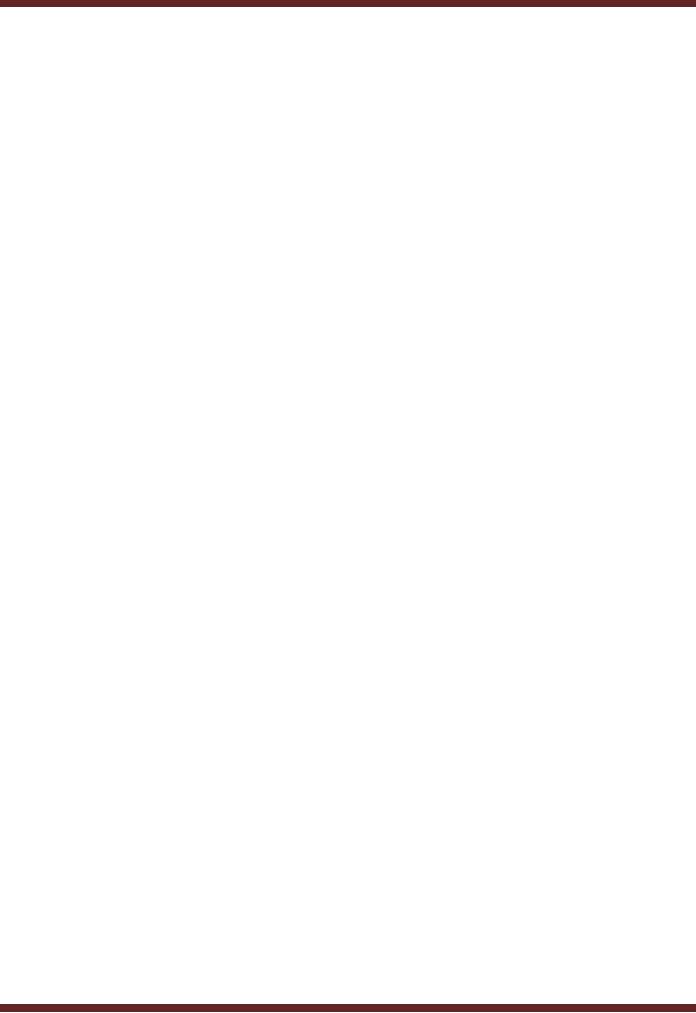
VU
Information
System (CS507)
Chapter
No.34
Types of
Controls
156
34.1
Access
Controls
156
34.2
Cryptography
156
34.3
Biometrics
157
Chapter
No.35
Audit
trails and logs
159
35.1
Documentation
159
35.2
Audit
trails and types of
errors
160
35.3
Definition
of Audit
160
35.4
IS
audit
160
35.5
Parameters
of IS audit
161
35.6
Risk
Based Audit
Approach
161
Chapter
No.36
Risk
Management
162
36.1
Phases
of Risk Management
162
36.2
What
is focal Point?
162
36.3
System
Characterization
162
36.4
Steps
in threat identification
163
36.5
Vulnerability
Assessment
163
Chapter
No.37
Control
Analysis
166
37.1
Likelihood
Determination
166
37.2
Impact
Analysis
166
37.3
Risk
Determination
167
37.4
Results
Documentation
168
37.5
Implementation
168
37.6
Monitoring
and evaluation
168
Chapter
No.38
Risk
Management
169
38.1
Corporate Culture and Risk
Management
169
38.2
Constituents of Risk
Management
169
38.3
Risk management
169
38.4
Business Continuity
Planning
169
38.5
Components of BCP
170
38.6
Phases of BCP
170
38.7
Incident Management:
171
38.8
Business Impact Analysis
(BIA)
171
38.9
Recovery Strategies
171
38.10
Development of
Business Continuity and Disaster
Recovery Plans
172
38.11
Monitoring
173
vii
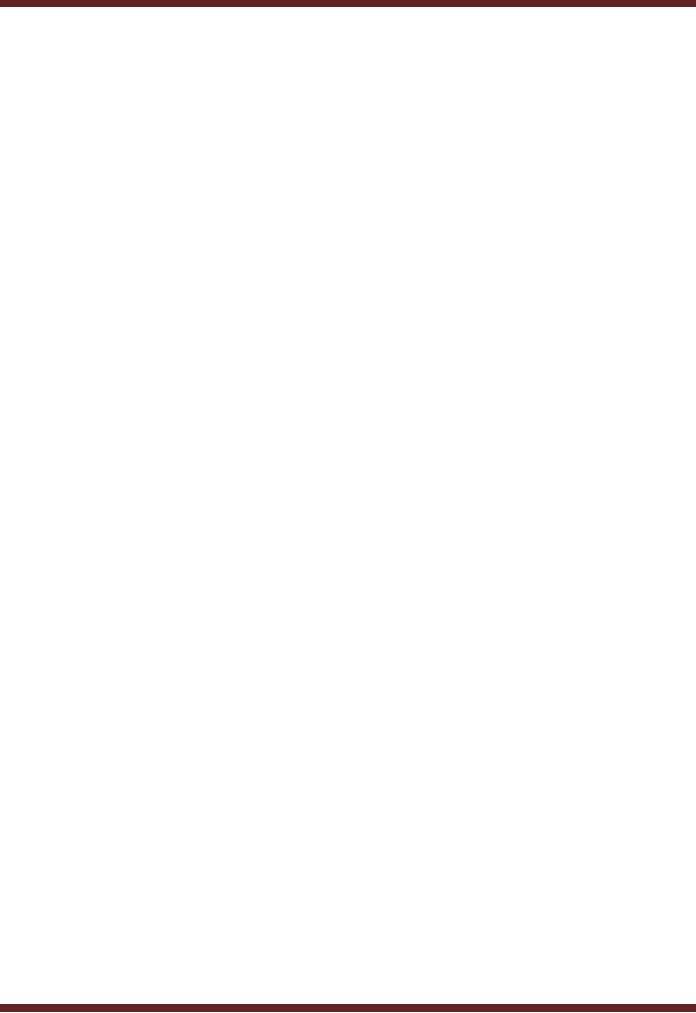
VU
Information
System (CS507)
Chapter
No.39
Web
Security
174
39.1
Web Security
Threats
174
39.2
Passive attacks
174
9.3
Active Attacks
174
39.4
Types of Active attacks
174
39.5
Threat Impact
175
39.6
Methods to avoid internet
attacks:
175
Chapter
No.40
Factors
Encouraging Internet Attacks
177
40.1
Internet Security
Controls
177
40.2
Firewall Security
Systems
177
40.3
Intrusion Detection Systems
(IDS)
178
40.4
Components of IDS
179
0.5
Web Server Logs
180
40.6
Web Security audits
180
40.7
Digital Certificates
181
Chapter
No.41
E-Commerce
182
41.1
Why
E-Commerce?
182
41.2
Commerce
vs. E-Business
182
Business
to Consumer (B2C)
183
41.3
41.4
Electronic
Data Interchange
(EDI):
184
41.5
E-Government
185
41.6
Other
Forms of E-Commerce
186
41.7
M-Commerce
186
41.8
E-Business
Opportunities
187
41.9
E-Business
IT Risks
188
Chapter
No.42
Supply
Chain Management
191
42.1
Integrating
systems
192
42.2
Methods
of integration
192
42.3
Using
SCM Software
193
42.4
Components
of Supply Chain
193
42.5
Types of
Supply Chains
194
Chapter
No.43
Enterprise
Resource Planning
195
43.1
Business
Objectives and IT
195
43.2
Using
ERP Software
195
43.3
ERP
Compared to integrated Software
196
43.4
Evolution
of ERP
197
43.5
ERP
& Customer relationship management
199
Chapter
No.44
ERP
& E-commerce
200
viii
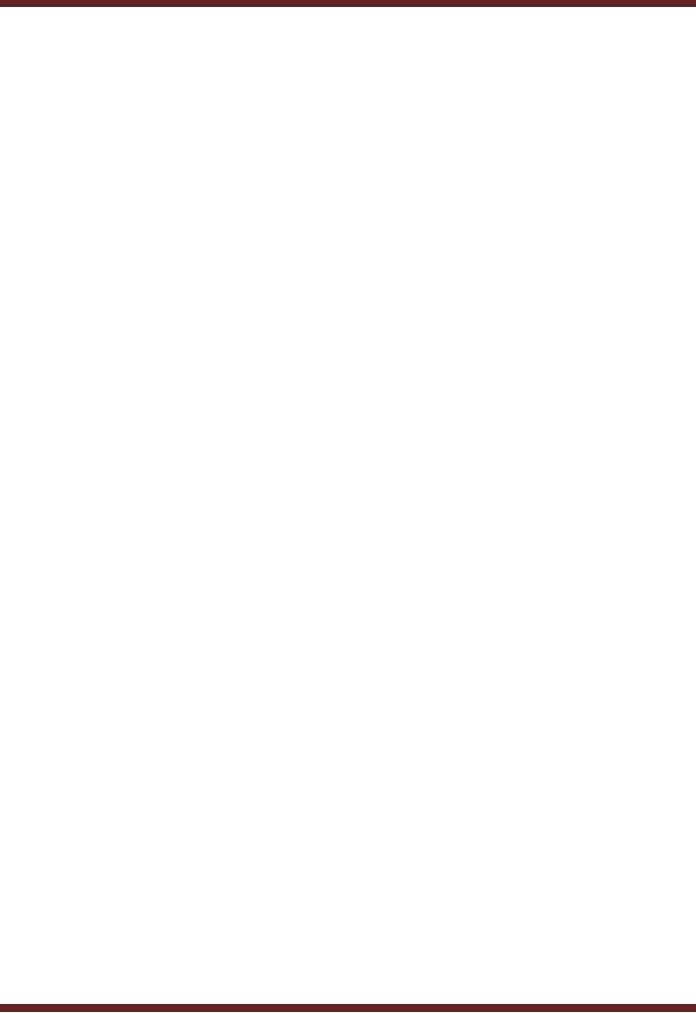
VU
Information
System (CS507)
44.1
ERP
& CRM
200
44.2
Change
management
201
44.3
Phases
of Change Management
202
44.4
Change
agent:
204
204
44.5
ERP
Ownership and sponsor
ship:
Chapter
No.45
Importance
of ethics in IS
205
45.1
Meaning of Ethics
205
45.2
Ethical Challenges
205
45.3
Privacy and
Ethics
206
45.4
Threats to Privacy
207
45.5
Electronic Surveillance
207
45.6
Data Profiling
208
45.7
Online Privacy and
E-Commerce
208
45.8
Workplace Monitoring
208
45.9
TRIPS
210
45.10
Privacy Codes and
Policies
210
ix
Table of Contents:
- Need for information, Sources of Information: Primary, Secondary, Tertiary Sources
- Data vs. Information, Information Quality Checklist
- Size of the Organization and Information Requirements
- Hierarchical organization, Organizational Structure, Culture of the Organization
- Elements of Environment: Legal, Economic, Social, Technological, Corporate social responsibility, Ethics
- Manual Vs Computerised Information Systems, Emerging Digital Firms
- Open-Loop System, Closed Loop System, Open Systems, Closed Systems, Level of Planning
- Components of a system, Types of Systems, Attributes of an IS/CBIS
- Infrastructure: Transaction Processing System, Management Information System
- Support Systems: Office Automation Systems, Decision Support Systems, Types of DSS
- Data Mart: Online Analytical Processing (OLAP), Types of Models Used in DSS
- Organizational Information Systems, Marketing Information Systems, Key CRM Tasks
- Manufacturing Information System, Inventory Sub System, Production Sub System, Quality Sub system
- Accounting & Financial Information Systems, Human Resource Information Systems
- Decision Making: Types of Problems, Type of Decisions
- Phases of decision-making: Intelligence Phase, Design Phase, Choice Phase, Implementation Phase
- Planning for System Development: Models Used for and Types of System Development Life-Cycle
- Project lifecycle vs. SDLC, Costs of Proposed System, Classic lifecycle Model
- Entity Relationship Diagram (ERD), Design of the information flow, data base, User Interface
- Incremental Model: Evaluation, Incremental vs. Iterative
- Spiral Model: Determine Objectives, Alternatives and Constraints, Prototyping
- System Analysis: Systems Analyst, System Design, Designing user interface
- System Analysis & Design Methods, Structured Analysis and Design, Flow Chart
- Symbols used for flow charts: Good Practices, Data Flow Diagram
- Rules for DFD’s: Entity Relationship Diagram
- Symbols: Object-Orientation, Object Oriented Analysis
- Object Oriented Analysis and Design: Object, Classes, Inheritance, Encapsulation, Polymorphism
- Critical Success Factors (CSF): CSF vs. Key Performance Indicator, Centralized vs. Distributed Processing
- Security of Information System: Security Issues, Objective, Scope, Policy, Program
- Threat Identification: Types of Threats, Control Analysis, Impact analysis, Occurrence of threat
- Control Adjustment: cost effective Security, Roles & Responsibility, Report Preparation
- Physical vs. Logical access, Viruses, Sources of Transmissions, Technical controls
- Antivirus software: Scanners, Active monitors, Behavior blockers, Logical intrusion, Best Password practices, Firewall
- Types of Controls: Access Controls, Cryptography, Biometrics
- Audit trails and logs: Audit trails and types of errors, IS audit, Parameters of IS audit
- Risk Management: Phases, focal Point, System Characterization, Vulnerability Assessment
- Control Analysis: Likelihood Determination, Impact Analysis, Risk Determination, Results Documentation
- Risk Management: Business Continuity Planning, Components, Phases of BCP, Business Impact Analysis (BIA)
- Web Security: Passive attacks, Active Attacks, Methods to avoid internet attacks
- Internet Security Controls, Firewall Security SystemsIntrusion Detection Systems, Components of IDS, Digital Certificates
- Commerce vs. E-Business, Business to Consumer (B2C), Electronic Data Interchange (EDI), E-Government
- Supply Chain Management: Integrating systems, Methods, Using SCM Software
- Using ERP Software, Evolution of ERP, Business Objectives and IT
- ERP & E-commerce, ERP & CRM, ERP– Ownership and sponsor ship
- Ethics in IS: Threats to Privacy, Electronic Surveillance, Data Profiling, TRIPS, Workplace Monitoring